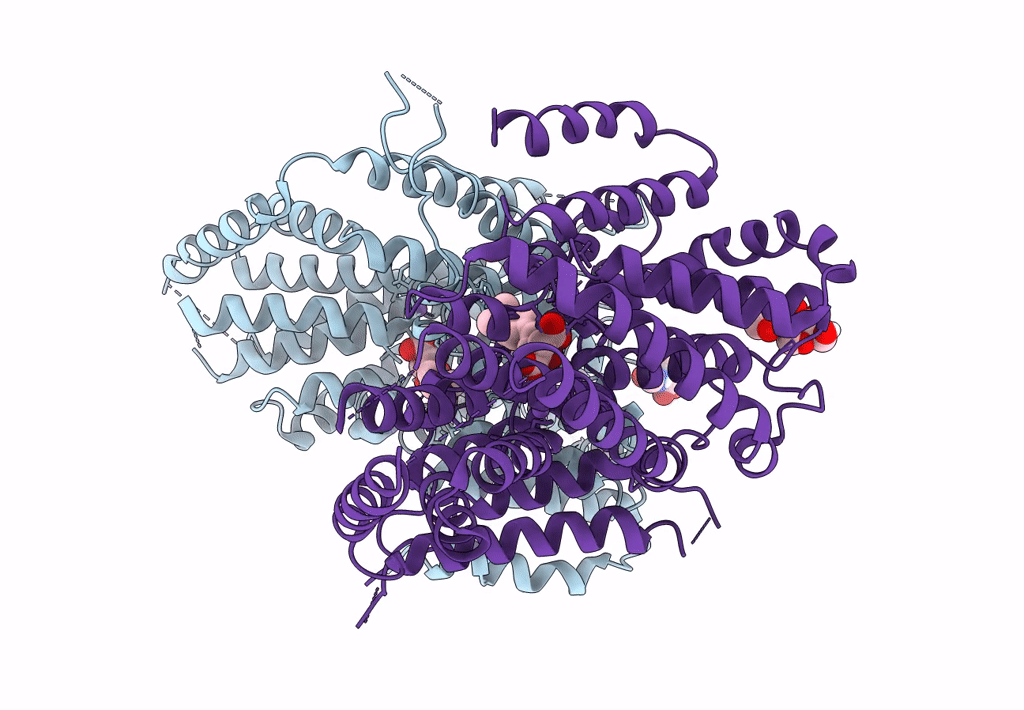
Deposition Date
2020-08-14
Release Date
2021-02-24
Last Version Date
2024-10-23
Method Details:
Experimental Method:
Resolution:
3.12 Å
Aggregation State:
PARTICLE
Reconstruction Method:
SINGLE PARTICLE


